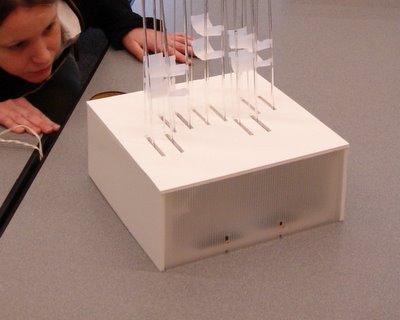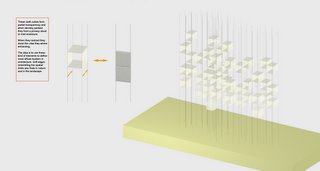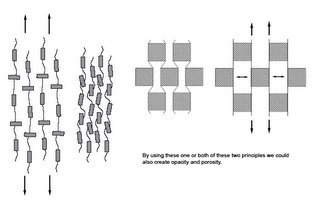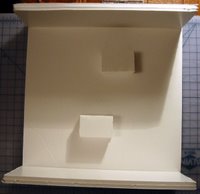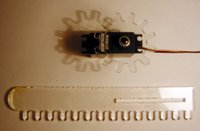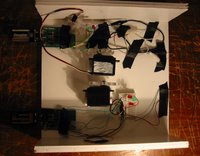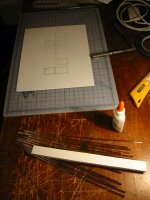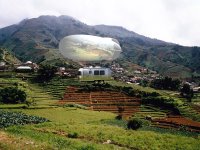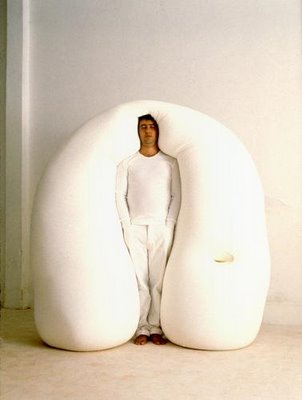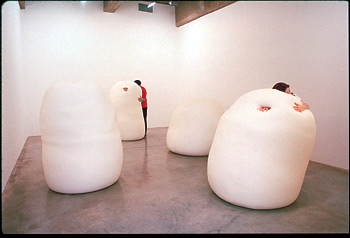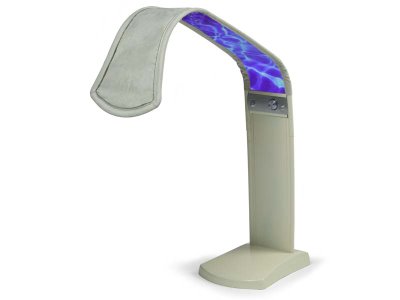If you’re new here, you may want to subscribe to my RSS feed to receive the latest Architectradure’s articles in your reader or via email. Thanks for visiting!
TapTap: A Haptic Wearable for Asynchronous Distributed Touch Therapy
I continued the development on my conceptual idea touching memories and as a team we came up with a final prototype called ‘taptap’.
TapTap is a wearable haptic system that allows nurturing human touch to be recorded, broadcast and played back for emotional therapy. Haptic input/output modules in a convenient modular scarf provide affectionate touch that can be personalized.

This picture shows the second prototype that is a scarf with large pockets with a power supply. The design of the scarf is intended to make it wearable in a number of ways and allow specific TapTap actuators to be mounted wherever the wearer desires. The outside of the scarf is a public color (gray) while the inside and its intimate actuators are a warm color (pink).
Based on haptic devices, taptap can be re-configured to record and play back the touch that is most meaningful to each user. It is made from felt in two layers: one grey one that faces the public and a pink layer that touches you and contains the haptic modules in specially designed pockets. Taptap can be worn as a regular scarf, and custom touch modules can be placed in powered pockets within to record and play back touch where and when you want it
Taptap was blogged by Regine Debatty on we-make-money-not-art.com with a nice summary and useful references 🙂
Taptap is a team and class project for the Tangible Media class final assignment at MIT Media Lab taught by Dr Hiroshi Ishii. I presented with Leo at CHi’06 as an extended Abstract of Conference on Human Factors in Computing Systems (CHI ‘06), (Montreal, Quebec, Canada. April 22-27, 2006) by Bonanni, L., Lieberman, J., Vaucelle, C., Zuckerman, O. (alphabetical order). Download pdf.
Taptap was part of the second Seamless fashion show, on February 1, at the Boston Museum of Science.
 On this picture, I wear a second prototype
On this picture, I wear a second prototype
A few publications on Taptap and its next steps:
. A Framework for Haptic Psycho-Therapy Published in the Proceedings of IEEE ICPS Pervasive Health Systems Workshop, Lyon, France, 2006.
. Affective TouchCasting Published in the Proceedings of SIGGRAPH’06, Boston, USA. Abstract from publisher: ACM Press. Download pdf
